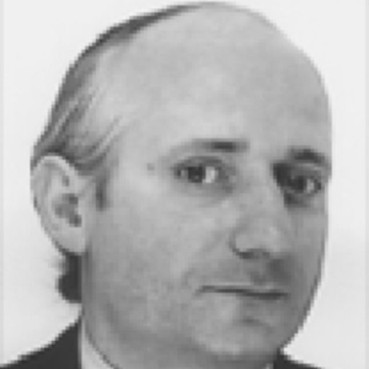Processing of End-of-Life Materials and Industrial Wastes
A special issue of Materials (ISSN 1996-1944). This special issue belongs to the section "Manufacturing Processes and Systems".
Deadline for manuscript submissions: closed (10 November 2022) | Viewed by 34861
Special Issue Editor
Interests: materials processing; waste treatment; recycling; critical and strategic elements; thermochemical process
Special Issues, Collections and Topics in MDPI journals
Special Issue Information
Dear Colleagues,
This issue is an international forum for the fast publication of scientific developments in the field of processing of end-of-life materials and solid industrial wastes. Targeted materials cover but are not limited to broad spectra including e-scraps, end-of-life vehicles, spent batteries and catalysts, slags, ashes, dusts, sludges, etc. Selective extraction and recovery of valuable, critical, and strategic elements contained in these waste materials [1] will be highly appreciated topics. The issue particularly emphasizes on innovative approaches and advanced understanding related to thermal and combined methods for the processing of complex residues.
Research contributions addressing recent progress in industrial wastes transformation into useful materials and involving greener and/or more sustainable chemistry and process [2] are greatly encouraged.
[1] Kanari, N.; Allain, E.; Shallari, S.; Diot, F.; Diliberto, S.; Patisson, F.; Yvon, J. Thermochemical Route for Extraction and Recycling of Critical, Strategic and High Value Elements from By-Products and End-of-Life Materials, Part I: Treatment of a Copper By-Product in Air Atmosphere. Materials 2019, 12, 1625.
[2] Kanari, N.; Ostrosi, E.; Diliberto, C.; Filippova, I.; Shallari, S.; Allain, E.; Diot, F.; Patisson, F.; Yvon, J. Green Process for Industrial Waste Transformation into Super-Oxidizing Materials Named Alkali Metal Ferrates (VI). Materials 2019, 12, 1977.
Dr. Ndue Kanari
Guest Editor
Manuscript Submission Information
Manuscripts should be submitted online at www.mdpi.com by registering and logging in to this website. Once you are registered, click here to go to the submission form. Manuscripts can be submitted until the deadline. All submissions that pass pre-check are peer-reviewed. Accepted papers will be published continuously in the journal (as soon as accepted) and will be listed together on the special issue website. Research articles, review articles as well as short communications are invited. For planned papers, a title and short abstract (about 100 words) can be sent to the Editorial Office for announcement on this website.
Submitted manuscripts should not have been published previously, nor be under consideration for publication elsewhere (except conference proceedings papers). All manuscripts are thoroughly refereed through a single-blind peer-review process. A guide for authors and other relevant information for submission of manuscripts is available on the Instructions for Authors page. Materials is an international peer-reviewed open access semimonthly journal published by MDPI.
Please visit the Instructions for Authors page before submitting a manuscript. The Article Processing Charge (APC) for publication in this open access journal is 2600 CHF (Swiss Francs). Submitted papers should be well formatted and use good English. Authors may use MDPI's English editing service prior to publication or during author revisions.
Keywords
- End-of-life materials
- Industrial wastes and by-products
- Thermochemical and combined methods for processing
- Valuable, critical, and strategic elements
- Extraction and recovery
- Green chemistry/process






